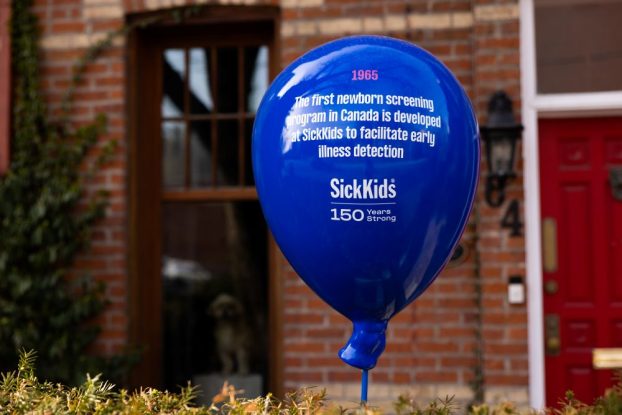You are reading a story from Strategy Ad Tech, a weekly look at the strategies, partners and processes that are helping brands drive innovation and utilize new technology, both internally and with consumers. Have the stories delivered directly to your inbox every Thursday by subscribing to the newsletter.
Rogers sees 5G as an innovation that will be “transformational” for people and companies across Canada. And while its competition is rushing to ensure its networks and equipment are ready for its launch next year, the company is also making efforts to help Canadian companies and researchers utilize it to the fullest.
5G is a planned upgrade to the global wireless and cellular infrastructure. While at its core a way to make wireless networks perform faster, this increased speed is expected to have major implications, specifically when it comes to the Internet of Things (IoT), connected devices and smart cities, which can increase their capabilities by sending, processing and receiving data much faster. This would allow connected devices to react to inputs in near real-time, which is specifically useful in cases of automation, such as autonomous vehicles reacting to changing traffic flow or connected lights responding to changes in weather. It is predicted that 5G will be able to connect up to 500 times the number of devices compared to 4G, allowing for one million connected devices for every square kilometre.
Rogers has invested $4.7 billion into 5G infrastructure so far in 2019, and is currently working with Swedish telco Ericsson on upgrading its infrastructure. But they are just one of many companies preparing for 5G’s planned launch in 2020, with Bell and Telus working with infrastructure providers like Nokia and Huawei to prepare their networks (an Accenture report from last year expected Canadian companies to invest $26 billion in 5G between 2020 and 2026, with $17.6 billion being spent already in spectrum auctions alone).
While it might be expected that the kind of technology innovations 5G will unlock might be associated with the companies actually manufacturing and selling devices, Rogers sees the potential only being realized if it goes beyond simply providing infrastructure, and fosters an environment in Canada where these innovations can be built: “5G is a transformational shift for the industry and this shift won’t happen overnight. Today is about continuing to build the ecosystem with the right partners, spectrum, infrastructure and investments to make 5G a reality.”
The that end, the lab at Communitech will advance “made in Canada” forms of 5G technology, as well as commercialize their use cases, specifically focused on IoT and smart cities. The lab is expected to open in September.
The new lab follows the announcement of a multi-year partnership between Rogers and the University of British Columbia announced last fall to establish a 5G hub on the school’s Vancouver campus. Rogers describes the two hubs as being complementary, with the one at UBC focused on research and the one at Communitech in Waterloo, Ont., focused on commercialization.
Communitech is a public-private partnership that acts as an accelerator and general innovation hub, and has worked with over 1,400 companies – ranging from startups to established legacy players – on things like incubators, hackathons and other innovation programs and is located near the University of Waterloo and is located in the Southern Ontario area, which has been dubbed by some as Silicon Valley North. Rogers specifically chose Communitech because of its track record in working with companies of all sizes in helping them grow, something that is key to commercializing 5G use cases.
As an example, Rogers provided the hypothetical case of a startup located at the UBC hub developing technology that could monitor how dry soil is in city gardens through sensors in the flower beds. The Communitech lab would work with small, medium and large businesses to commercialize that technology, developing prototypes that could be sold to consumers, clients and even cities, while helping to build a scaleable business case.
























